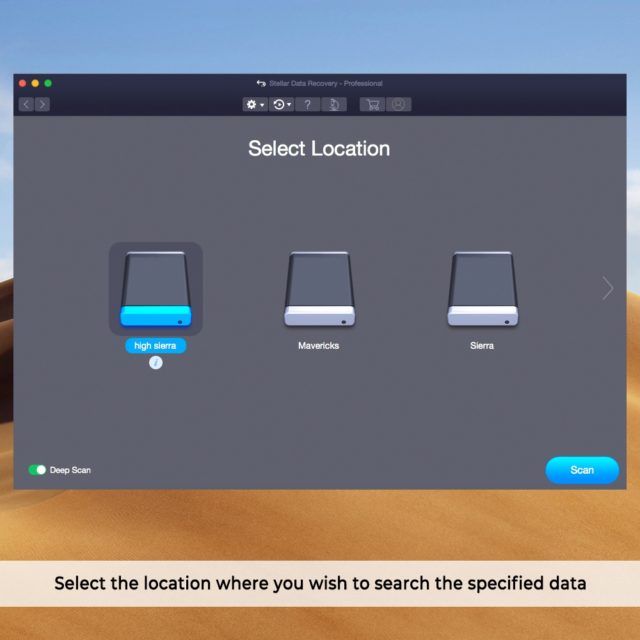

Let’s work with this starry landscape I took in Cap-Blanc-Nez (Calais, France). Don’t bother trying to stack in Photoshop. It supports RAW files.įinally, you can use Adobe Photoshop/Lightroom to edit your stacked image. Sequator (free, Windows): as Starry Landscape Stacker, this software makes image stacking easy.You need to convert them in TIFF with Adobe Camera RAW or similar software The drawback is that RAW files are not supported. This wonderful piece of software will make stacking an absolute painless process.
STAR STACKING SOFTWARE FOR MAC MAC OS

Since there is not a single workflow that will fit all cases, I will break down the subject in four case studies. Luckily, software is available to help you with the process. Image stacking consists of three steps: image calibration (optional), alignment and stacking. Don’t forget to take them at the same temperature as your light frames. While you are packing your stuff, take some dark frames. Whether you are after a starry landscape or a faint nebula, take as many images (light frames) you can of your target. The work for image stacking begins in the field. Stacking increases the signal-to-noise ratio, giving a cleaner and more detailed image. This is the only step that is central to editing any kind of astrophotography. Image stacking is the process to combine all your light and calibration frames into a single image.


 0 kommentar(er)
0 kommentar(er)
